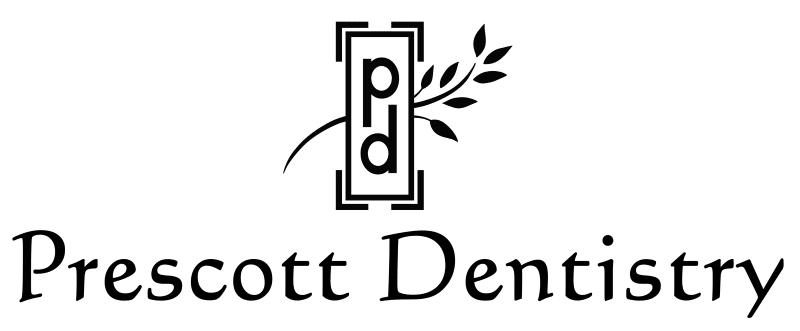12 Nov What is Biomimetic Dentistry?
We’ve discussed various aspects of biomimetic dentistry on this blog, but it’s always good to go back to basics now and then for those of you who may have missed previous posts, and as a general refresher for everyone else. Prescott Dentistry is currently the only dentist in Prescott, Arizona to offer biomimetic dentistry. So for those of you who have questions about, or are seeking biomimetic dentistry in Prescott, you’ve come to the right place.
The word biomimetic is defined as “mimicking nature or life.” The aim of these procedures are to circumvent old-school “drill and fill,” or crown and root canal dentistry. Healthy teeth consist of a complex, resilient system. They can withstand temperatures in both hot and cold extremes and bite pressure in the 100s of PSI. Even with these intense conditions, healthy teeth can remain strong and with the proper care can last your entire life. Biomimetic dentistry’s aim is to model this amazing natural structure, not outsmart it. These biocompatible materials allow our staff to restore a tooth without unnecessarily grinding down healthy enamel. These biomimetic materials mimic your natural enamel and dentin.
There is good news for those of you who suffer from dental fear, or are squeamish when it comes to more invasive procedures: this form of treatment seals out the bacteria and doesn’t require aggressive drilling! Biomimetics require expertise and technique-sensitive steps for applying these biocompatible materials. If not performed correctly, these tooth-colored restorations will eventually begin to fail. That is why you need a specially trained biomimetic dentist.
The doctors at Prescott Dentistry have invested 100s of hours in advanced biomimetic training to give our patients peace of mind. Our expertise allows us to use our knowledge to train doctors from all around the globe. When you visit us next, be sure to ask Dr. Thompson any questions you have about biomimetic dentistry, and see how you can benefit from our preventative and minimally-invasive techniques.
Images used under creative commons license – commercial use (11/11/2015) Ines Einsporn (Flickr)



